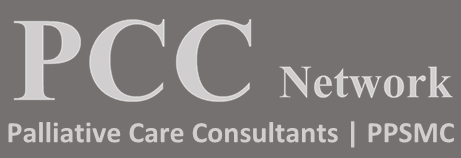Frailty and a Palliative Approach to Care
Healthcare providers may use the term “frail” or “frailty” to describe a patient’s condition. Our familiarity with using the term should not be mistaken for accuracy of what is being described. Why? There is no one, agreed-upon definition of frailty.2
Age is not equal to Frailty
Frailty may be associated with aging, but it is considered different from the natural aging process. Frailty most commonly occurs in the older adult population; however, it also happens in younger age-groups .2
Disability is not equal to Frailty
While disability may coincide with frailty, it differs in its cause. Frailty is believed to occur because of cumulative declines across multiple physiologic systems, decreasing a person’s reserves and increasing their vulnerability to stressors. 1
Frailty is:
- A dynamic, progressive process of functional decline, often over many years 1-4. Decline is more common than regaining function, especially in later stages 1, 2
- Characterized by symptoms such as: decreased reserve and resistance to stressors, slowed gait, weakness, unintentional weight loss and/or loss of muscle mass, fatigue, low mood 1-4
- A life-limiting diagnosis, appropriate for the implementation of a palliative approach to care 2-4
- Difficult to assess and diagnose, especially if clinicians are using non-comparable tools or are not using tools that are validated to identify frailty 2
Some Frailty Screening and Assessment Tools identify frailty by comprehensive assessment, whereas others identify decline based on performance of activities:
- Clinical Frailty Scale (Dalhousie University)
- Guidance for Use, including aids for novice users
- The Frailty Index (Dalhousie University)
Learn More about Frailty:
Broadening our understanding of frailty, helps us to identify and support patients living with frailty and their families.
Canadian Frailty Network – Frailty: Assessment, Mitigation & Prevention Module
(CME credits available)
Resources:
- Fried, , Tangen, C., Walston, J., Newman, A., Hirsch, C., Gottdiener, J., Seeman, T., Tracy, R., Kop, W., Burke, G., McBurnie, M. (2001). Frailty in Older Adults: Evidence for a Phenotype, Journal of Gerontology, 56A(3).
- Pal, L., Manning, L. (2014). Palliative Care for frail older people. Clinical Medicine, 14(3).
- Pallium Pocketbook.
- Waterloo Wellington Early Identification and Prognostic Indicator Guide.
Download Tip of the Month




